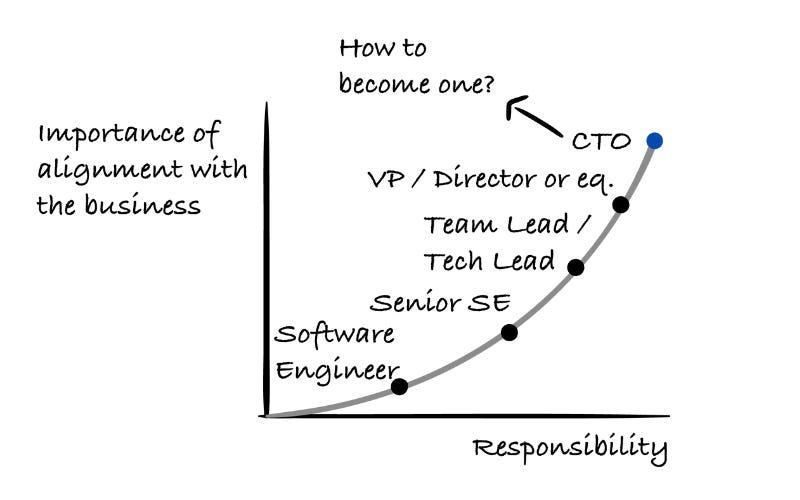
To Save It, Eat It - Long Now
An early victim of Russia’s invasion of Ukraine was the genetic riches of one of the traditional breadbaskets of humanity. In the first months of the conflict, Russian shells hit the Plant Genetic Resources Bank in Kharkiv. Founded in 01908, the gene bank preserved the seeds of 160,000 varieties of crops and plant seeds from around the world, and was the repository for many unique cultivars of Ukrainian barley, peas, and wheat. Tens of thousands of samples, some of them centuries old, were reduced to ash.
“Under Hitler’s Germany, when the whole of Ukraine was under occupation, the Germans did not destroy this collection,” a lead researcher at the institute told the online newspaper The Insider. “They knew their descendants might need it. After all, every country’s food security depends on such banks of genetic resources.”
A similar fate befell one of the world’s most important collections of wheat landraces, as varieties that have adapted to local conditions, often over thousands of years of cultivation, are known. Located in Aleppo, the International Center for Agricultural Research in the Dry Areas (ICARDA) kept tens of thousands of varieties of wheat and other food plants, from 128 countries, in cold storage. When the Syrian civil war began in 02011, staff set to work loading 20,000 precious samples of crop varieties, not duplicated in other gene banks, across the borders to Turkey and Lebanon.
















